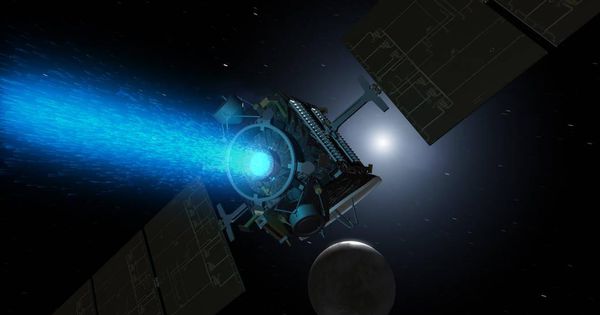Find out how online gamers are helping scientists discover new exoplanets by playing EVE Online and taking part in Project Discovery.
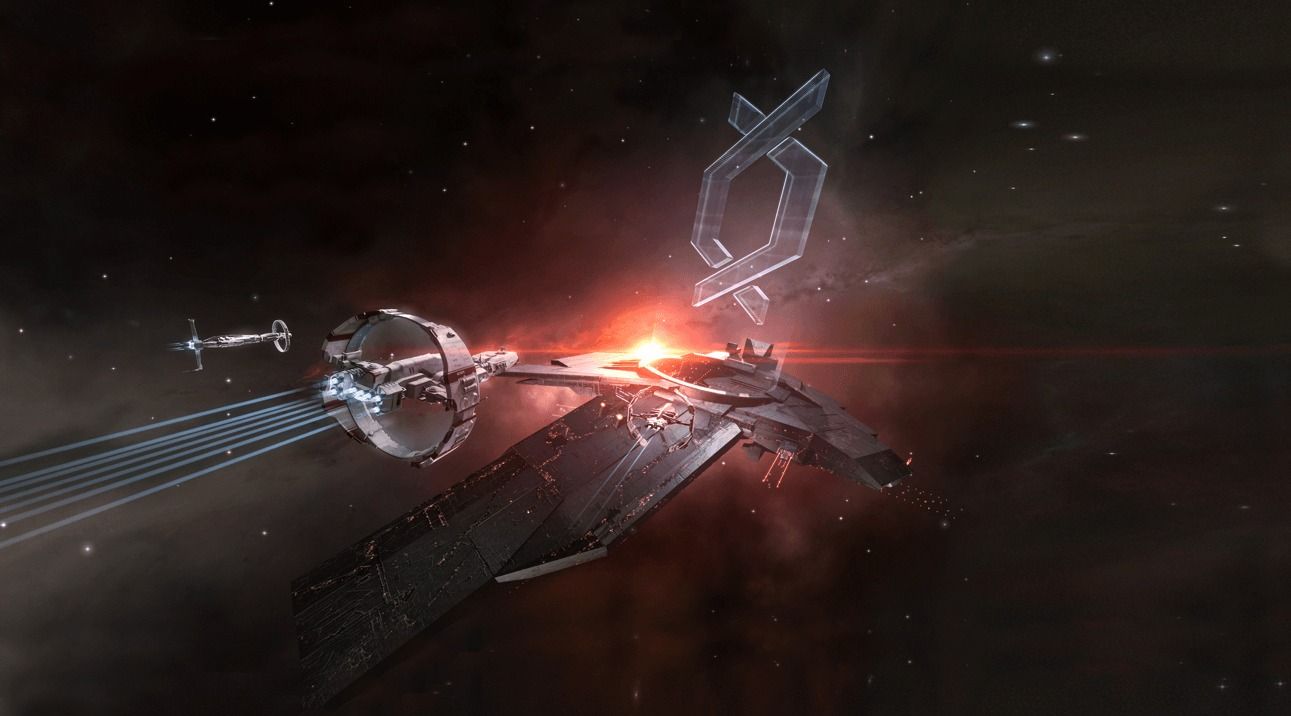

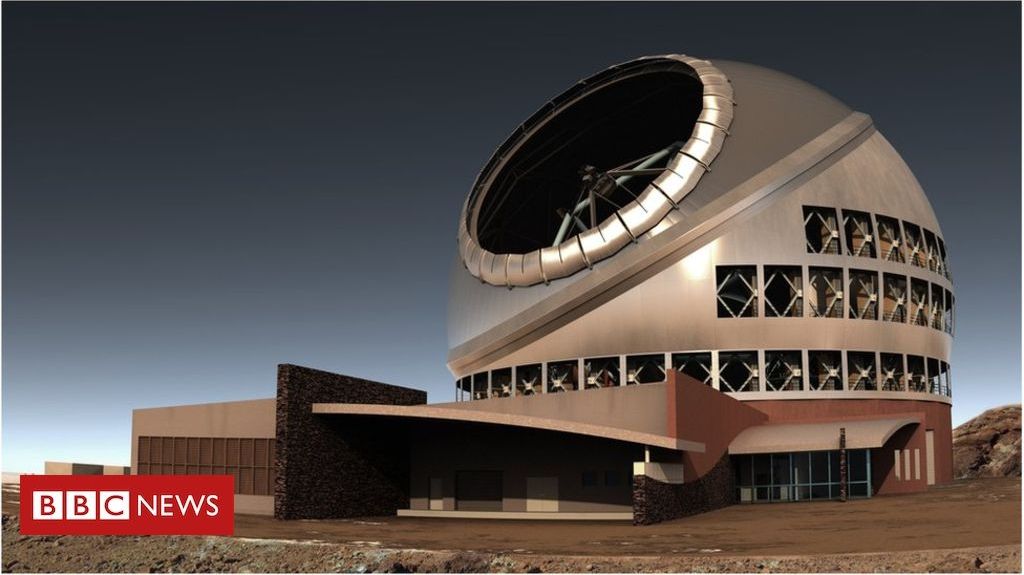
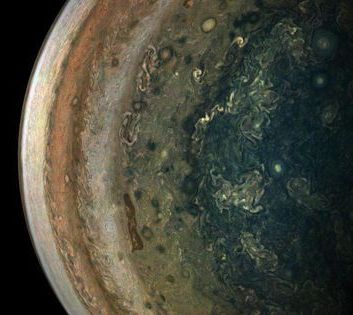
What the hell is this?!
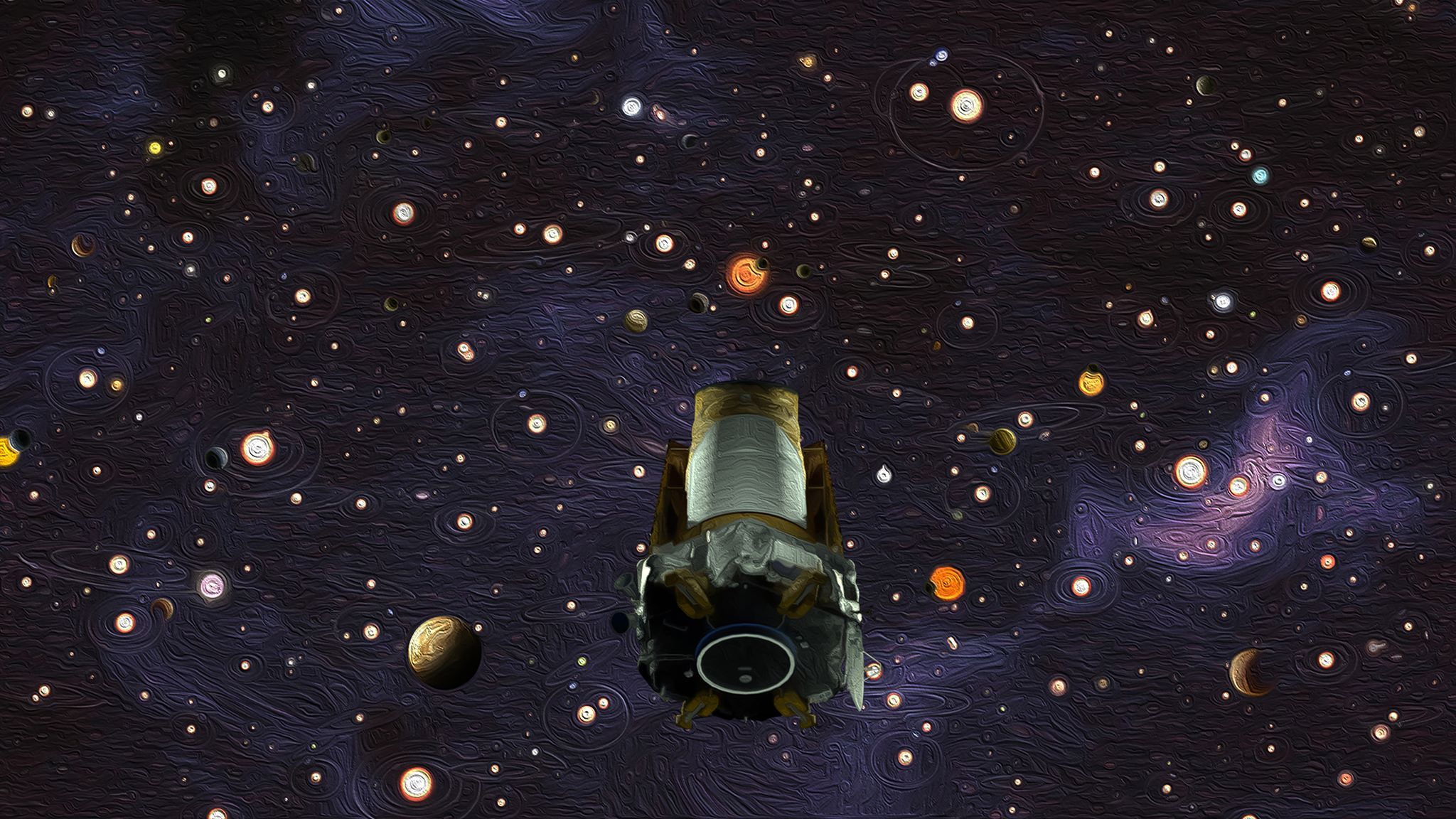
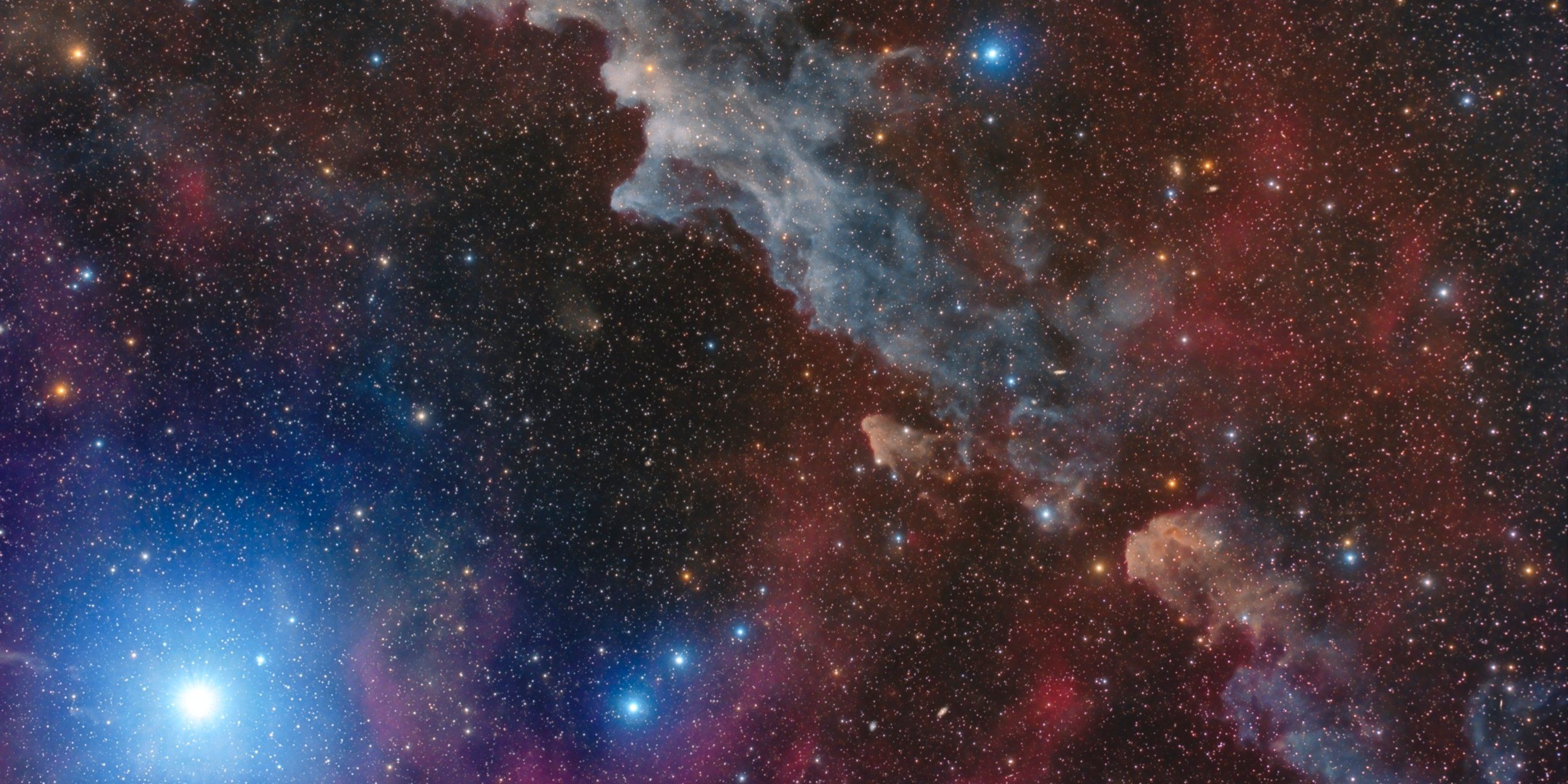
Look at the beauty of the universe!
Looking up at space reminds us that everyone and everything on Earth is stuck together on a big space rock that’s drifting through an infinite black void.
Unfortunately, terrestrial concerns like work, dinner, and getting enough sleep tend to keep us facing down.
Thankfully, some people not only take the time to appreciate the night sky, but are also talented enough to capture its thrilling splendor in mesmerizing pictures that remind us of our cosmically fragile existence.
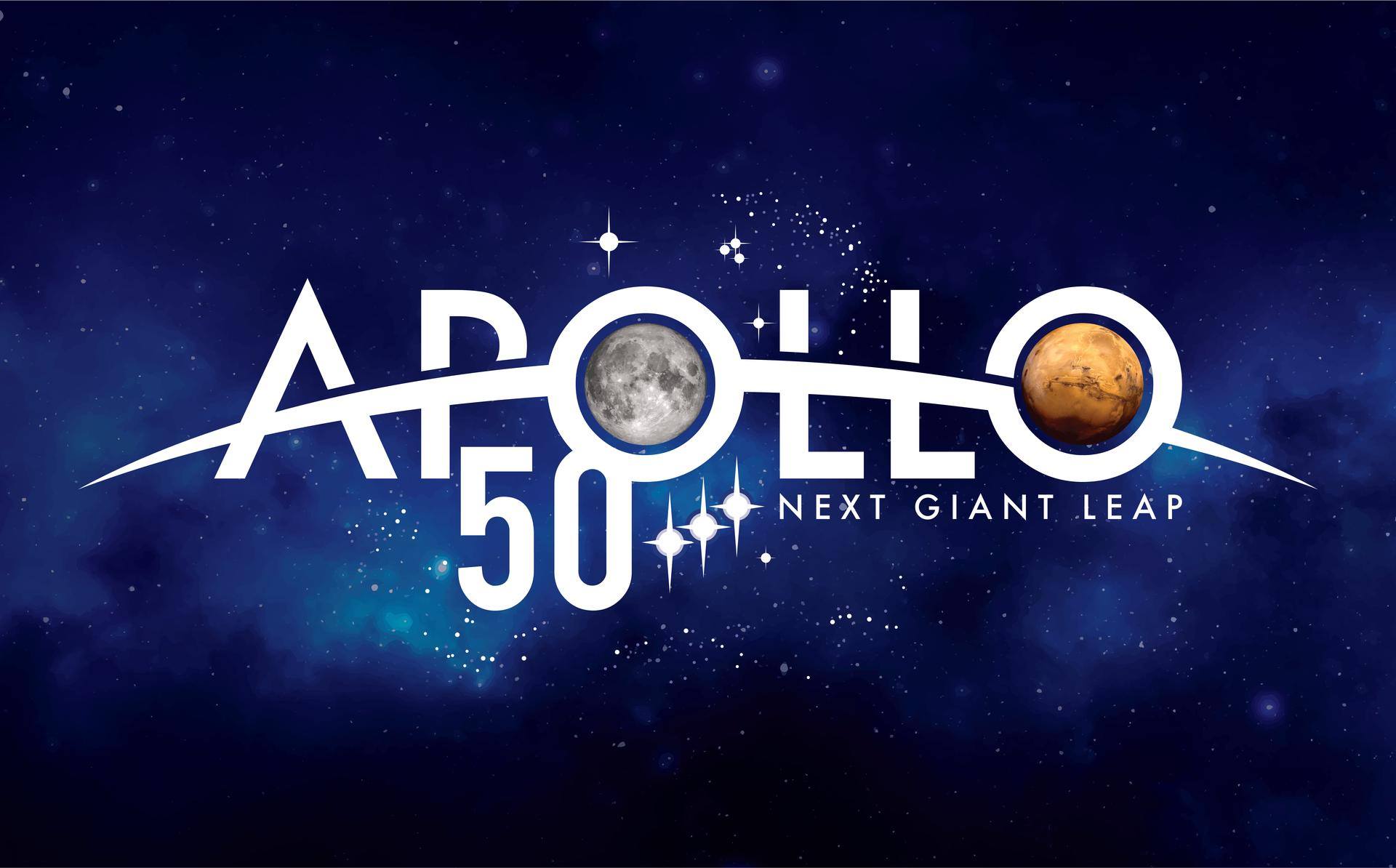
We’re on the cusp of the #Apollo50 anniversary of America’s great achievement that landed a dozen astronauts on the Moon between July 1969 and December 1972 and our first crewed mission – Apollo 8 – that circumnavigated the Moon in December 1968. Take a look: https://go.nasa.gov/2CN3KQH

Memes are not just learned, they run deeper than that, they are part of our shared experience as human beings. This is how we communicate to each other through spoken, written, and body language; this is how we participate in customs, rituals and cultural traditions. Indeed, human civilization has always been a “cultured” virtual reality. We don’t often think of cultures as virtual realities, but there is no more apt descriptor for our widely diverse sociology and interpretations than the metaphor of the “virtual reality.” In truth, the virtual reality metaphor encompasses the entire human enterprise. We should realize that all our ideologies and religions, our belief systems and models of reality are our own personal operating systems — real to us but wry to someone else — each of us lives in a seemingly shared but simultaneously private virtual world.
By Alex Vikoulov.
“We live in succession, in division, in parts, in particles. Meantime within man is the soul of the whole; the wise silence; the universal beauty, to which every part and particle is equally related; the eternal One. And this deep power in which we exist, and whose beatitude is all accessible to us, is not only self-sufficing and perfect in every hour, but the act of seeing and the thing seen, the seer and the spectacle, the subject and the object, are one. We see the world piece by piece, as the sun, the moon, the animal, the tree; but the whole, of which these are the shining parts, is the soul.” — Ralph Waldo Emerson, “The Over-Soul” (1841)
